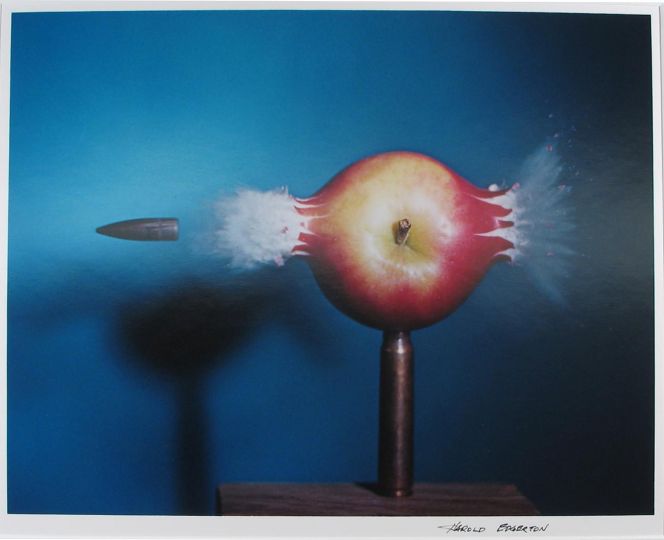FORMA Foundation for photography in Milan has just opened the first retrospective dedicated to Nino Migliori, one of the italian masters of photography. In the 50s he was one of the protagonists of the great Italian neo-realist movement. The exhibition brings together his famous pictures and never-before-seen work and includes photographs from the 40’s and 50’s, the Wall series, the off-camera experiments, the famous polaroids, and examples of his work up to the present day, including his most recent installations. A book published by Contrasto accompanies the exhibition.
Nino Migliori production is characterized by the diversity of his projects, and by the different way and languages he creates. His production has always been marked by creativity, versatility, and innovation. But his work maintains an absolute coherence– from his experimentations to his figurative pictures and his newest, most daring installations – is based on a single language of exploration: photography. Migliori had a significant effect on the history of Italian imagery after World War II. He starts taking photographs in the late 40’s in Bologna and His images are an important document about the daily life of this time. He captured people, ceremonies, situations..he was a witness of the real life.
At the same time he started to investigate different expressions and languages on photography. The “Walls” series for example is the result of his toughts about the Man and his traces, in every time Walls represent the place where man expresses himself freely. His experimental works include also the “off-camera” works, as well as his experiments with pencil and engraving (cliché-verre) on plates and on film, using a lit match to expose negatives (pirogrammi), and with drawing on the photography paper with fixing and developer fluid (ossidazioni). Later he experimented with polaroids, with different materials, including gold and bronze, and with surprising, innovative installations.
This series of altered Polaroids created by “Polapressure,” are the result of an intervention during the development with spatulas and sharp points, influencing the texture and composition in gestures, not unlike painting. This technique gave his images an atmosphere half-real, half-fictional.
Nino Migliori was born in 1926 in Bologna, where he currently lives and works. His photography has represented, since 1948, one of the most interesting and most widely diffused studies of European visual culture. Migliori is considered today to be a true architect of vision. Each one of his works is the fruit of serious study into the power of vision.. His works are featured in important public and private collections, including Mambo – Bologna, the Galleria d’Arte Moderna e Contemporanea Pecci – Prato, the Galleria d’Arte Moderna – Rome, Calcografia Nazionale – Rome, MNAC Barcellona, the Museum of Modern Art – New York; the Museum of Fine Arts – Houston; the Bibliothèque Nationale – Paris, the Museum of Fine Arts – Boston; Musée Reattu – Arles, and the SFMOMA – San Francisco.
















